The Hanok (더 한옥)
734.3M 78 2021-03-24
75, Gyedong-gil, Jongno-gu, Seoul
+82-2-743-7470
You can enjoy coffee in a hanok (Korean house). This restaurant's signature menu is coffee. This cafe is located in Jongno-gu, Seoul.
Jongno 3(sam)-ga Jewelry District (종로3가 귀금속 전문상가)
735.4M 96467 2021-06-10
Jongno3-ga, Jongno-gu, Seoul-si
+82-2-1330
There is an enormous selection of wholesalers and retail jewelry stores in this district, spread throughout Jongno 3(sam)-ga and 4(sa)-ga. The glittering showcases here are especially popular amongst couples and foreign tourists looking to find fine jewelry at affordable prices. Stores in the jewelry district have a selection of designs that are extraordinarily diverse and prices that are 30 to 40% lower than at other jewelry outlets in Korea.
- A fabulous selection at wholesale prices
The Jongno 3(sam)-ga Jewelry District is located in Jongno, with shops flooding the alleyways all along the main street and stretching for a length of one kilometer. The area holds a total of over 1,000 jewelry stores, some 300 design and manufacturing stores, and 20 licensed evaluators.
The Jongno 3(sam)-ga Jewelry District originated in Yeji-dong of Jongno 4(sa)-ga, then expanded to include Bongik-dong near the Danseongsa Theater at Jongno 3(sam)-ga.
As the district grew, retail jewelry stores both large and small populated both sides of the main street from Jonggak to Jongno 5(oh)-ga.
Most of the stores in Yeji-dong deal in watches and gemstones, giving the area the name Watch Alley. The back alleys of Bongik-dong and Yeji-dong are mostly filled with wholesalers whose clients consist of brokers and jewelers from around the country. Retail sales are possible at these shops, but some of them might hesitate to deal in small quantities.
The larger stores along Jong-ro literally glitter with dozens of flashy showcases presenting a great selection of jewelry and other precious metals. Prices are already discounted to begin with, but you may be able to bargain even further.
Stores in this district are affiliated with setting factories, so if you have a special design in mind, you can probably get it custom ordered. Thus, if you go in with a brand name jewelry brochure, they will most likely be able to make a similar looking item or even customize it to your preferences.
In addition to its grand variety of diamonds, rubies, domestic amethysts, and almost any precious stone you can imagine, gold is also available in 14k, 18k and 24k yellow or white, as well as in platinum. Watches are often discounted at 50-60% off the retail price, and of course this is the very best place to buy fancy wedding jewelry at amazingly low prices.
We suggest, however, that you take your time and look around, because prices, not to mention their inventory, will vary significantly from shop to shop.
As soon as a new brochure is published by an international brand such as Cartier, TIFFANY or BVLGARI, near-identical designs appear in these stores almost immediately.
Furthermore, this area has recently become the home of accessories for famous Korean entertainers. Companies in the district will consult with coordinators, then design and manufacture items, and lend them to stars for them to wear. When entertainers wear this jewelry on television, the coverage serves to promote these designs. Examples of designs that have attracted a lot of attention previously, include Lee Seung-yeon’s earrings, Jeon Ji-hyeon’s necklace, Moon Hee-jun’s necklace, Lee Yeong-ae’s earrings, and much more.
Nowadays, many foreign tourists, especially Japanese tourists, make the trip to the Jongno 3(sam)-ga Jewelry District, as prices here are much cheaper than in their home countries.
The Jewelry District is conveniently located at the center of Seoul’s major palaces and near the downtown areas. Of these, the closest tourist areas include Myeong-dong, downtown Jong-ro, Dongdaemun Market, and Namdaeumun Market.
Jeonju Sikdang (전주식당)
736.4M 97 2021-03-22
16-17, Supyo-ro, 20-gil, Jongno-gu, Seoul
+82-2-2267-5385
A restaurant famous for grilled fish on briquettes. The best menu at this restaurant is grilled cutlassfish. This Korean dishes restaurant is located in Jongno-gu, Seoul.
Statue of Admiral Yi Sun-Shin (충무공 이순신 동상)
737.1M 43805 2024-03-04
175, Sejong-daero, Jongno-gu, Seoul
The Statue of Admiral Yi Sun-Shin can be found at Gwanghwamun Square in Seoul. Admiral Yi Sun-shin (1545-1598) was a naval commander who served during the Japanese invasion of Korea (also known as Imjin War: 1592-1598). The undefeated admiral achieved 23 victories against the Japanese navy using innovative tactics, and he is thus considered as one of the greatest generals in the history of Korea. Admiral Yi’s likeness can be found on the 100 won coin.
Jongno Yugane Yukoebindaetteok(종로유가네육회빈대떡)
738.4M 165 2021-04-10
86, Supyo-ro, Jongno-gu, Seoul
+82-2-2266-0999
A restaurant with over 30 years’ tradition. This Korean dishes restaurant is located in Jongno-gu, Seoul. The most famous menu is sliced raw beef.
Manboseong (만보성)
741.6M 60 2021-03-26
53, Seosulla-gil, Jongno-gu, Seoul
+82-2-766-8488
It is a place where you can eat a variety of Chinese dishes at reasonable prices. This Korean dishes restaurant is located in Jongno-gu, Seoul. The most famous menu is sweet and sour pork.
Artbox - Jongno 3(sam)-ga Branch [Tax Refund Shop] (아트박스 종로3가)
745.6M 0 2024-04-17
126, Jong-ro, Jongno-gu, Seoul
-
Gwanghwamun Gate (광화문)
748.1M 154064 2022-12-14
161, Sajik-ro, Jongno-gu, Seoul
+82-2-3700-3900
Built in 1395 under the reign of King Taejo, the first king of the Joseon dynasty, Gwanghwamun Gate is the southern gate of Gyeongbokgung Palace. It is also the main gate of the palace, therefore larger and fancier in comparison to the other gates. Gwanghwamun Gate consists of three arched gates; the center gate was used by the king, while the other two were used by the crown prince and royal officials. The tall granite walls of the gate serve as a platform for the wooden gate tower that watches over the city. The gate has a sign with its name written at the top center of the gate tower.
Gwanghwamun Gate went through several damages and restorations over the course of history. It was first severely damaged during the Imjin War (1592-1598) and was not restored until the reconstruction of Gyeongbokgung Palace in 1864. Under the Japanese administration, the gate was demolished and relocated to the north of the palace's eastern gate, followed by series of damages during the Korean War (1950-1953). In 1968, Gwanghwamun Gate was relocated back to the south of the palace and was rebuilt using concrete; however, the gate’s position was shifted a few meters away from its original location. In 2006, a major reconstruction project took place to restore Gwanghwamun Gate to its original state and location, disassembling the structure completely and replacing concrete with granite and wood. After three years and eight months of construction, Gwanghwamun Gate was fully restored to its original form and was open to the public on August 15, 2010.
Hwangsaengga Kalguksu (황생가칼국수)
750.6M 18729 2024-03-18
78 Bukchon-ro 5-gil, Jongno-gu, Seoul
+82-2-739-6334
Hwangsaengga Kalguksu is a specialty restaurant located near Gyeongbokgung Palace, known for its kalguksu (noodle soup). Kalguksu is a type of noodle soup made by thinly slicing dough into noodles with a knife and boiling them in a broth made from beef bones, clams, or seafood. Their menu includes options like wang mandu (jumbo mandu), hanu suyuk (boiled Korean beef slices), kongguksu (noodles in cold soybean soup), beoseot jeongol (mushroom hot pot), and mandutguk (mandu soup). It was selected as a Michelin Guide Seoul 2023 restaurant.
Changdeokgung Injeongmun Gate (창덕궁 인정문)
751.4M 27035 2022-08-29
99, Yulgok-ro, Jongno-gu, Seoul
+82-2-3668-2300
Serving as the main gate of Injeongjeon Hall, Injeongmun Gate was established in 1405 (5th year of King Taejo’s reign during the Joseon dynasty). Later on, the gate was destroyed by multiple fires during the Imjin War (Japanese invasion of Korea in 1592), therefore current form of the establishment displays designs that are more often seen in the late 19th century's. In addition, a lot
of subsidary marks and buildings are removed from the original places and relocated passing the time, however, still remains to represent prestigious ambience.
Injeongmun Gate served as the place for several coronation ceremonies of kings, prince's succession of throne, and many other national affairs celebrated by the royal members who gathered and aligned around this gate.
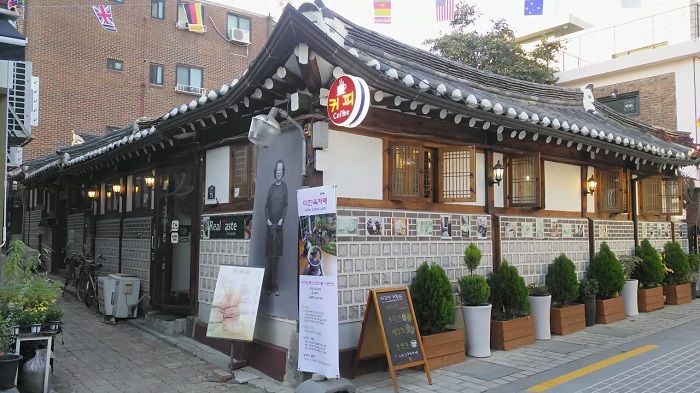
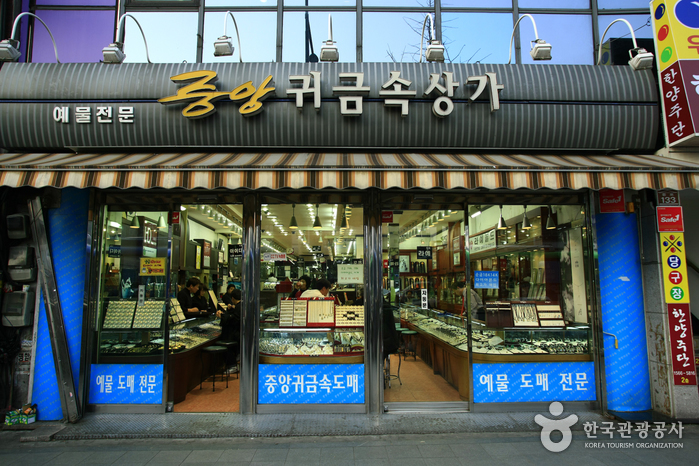
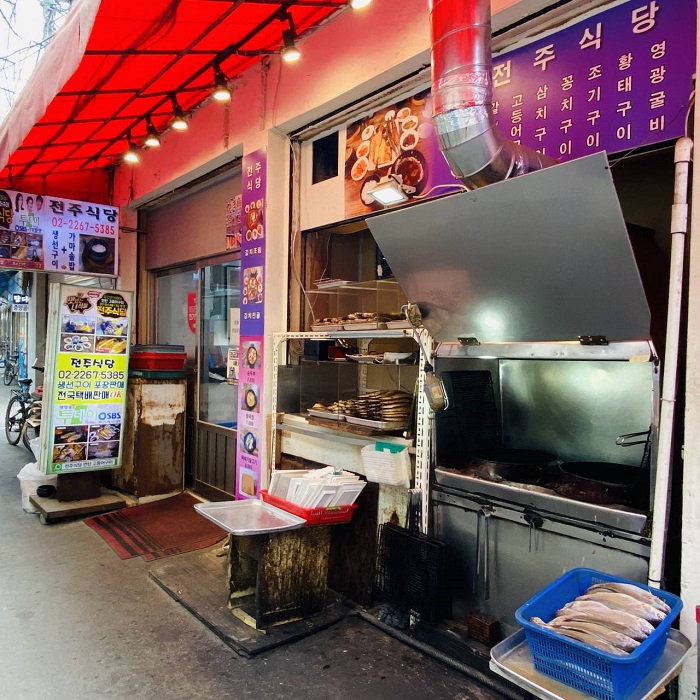
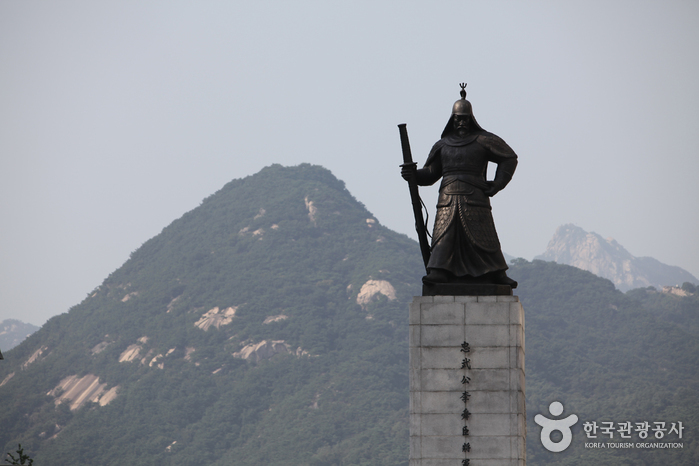
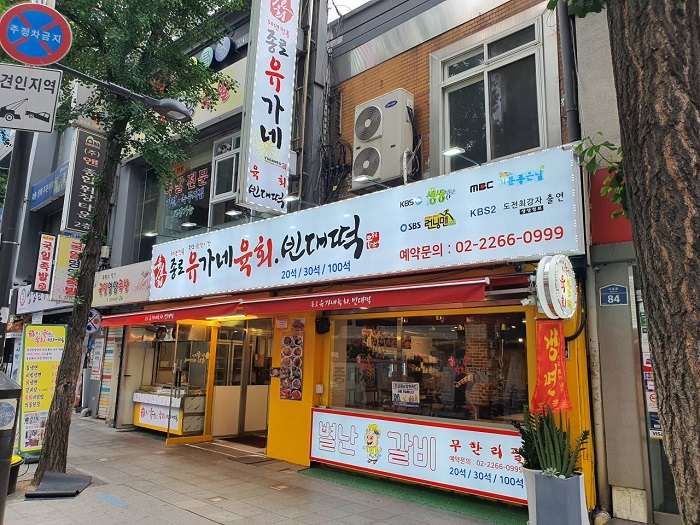
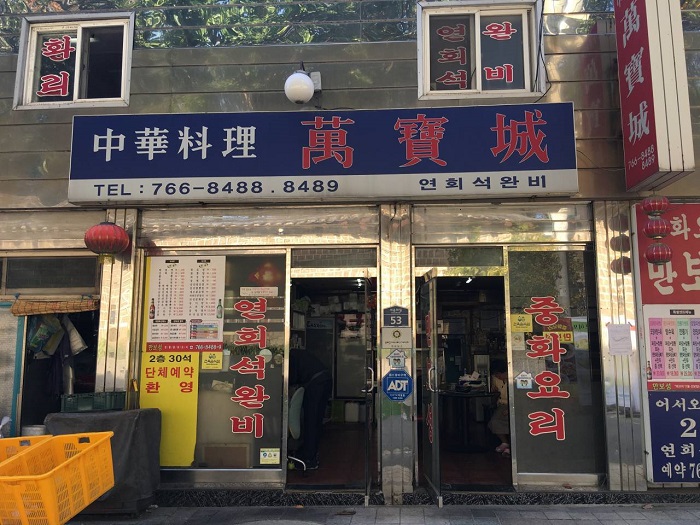

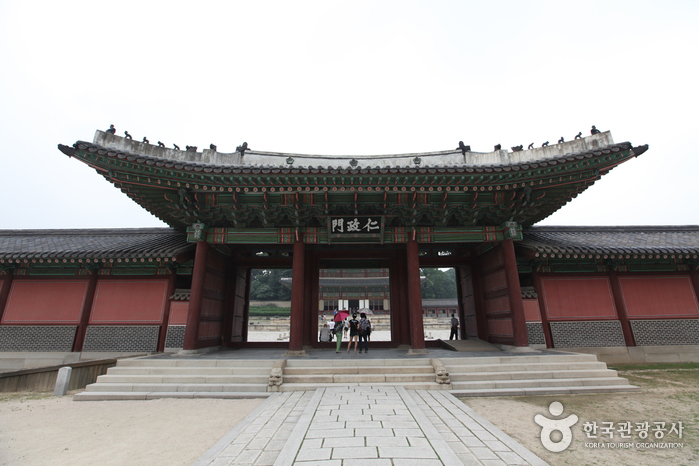
 English
English
 한국어
한국어 日本語
日本語 中文(简体)
中文(简体) Deutsch
Deutsch Français
Français Español
Español Русский
Русский